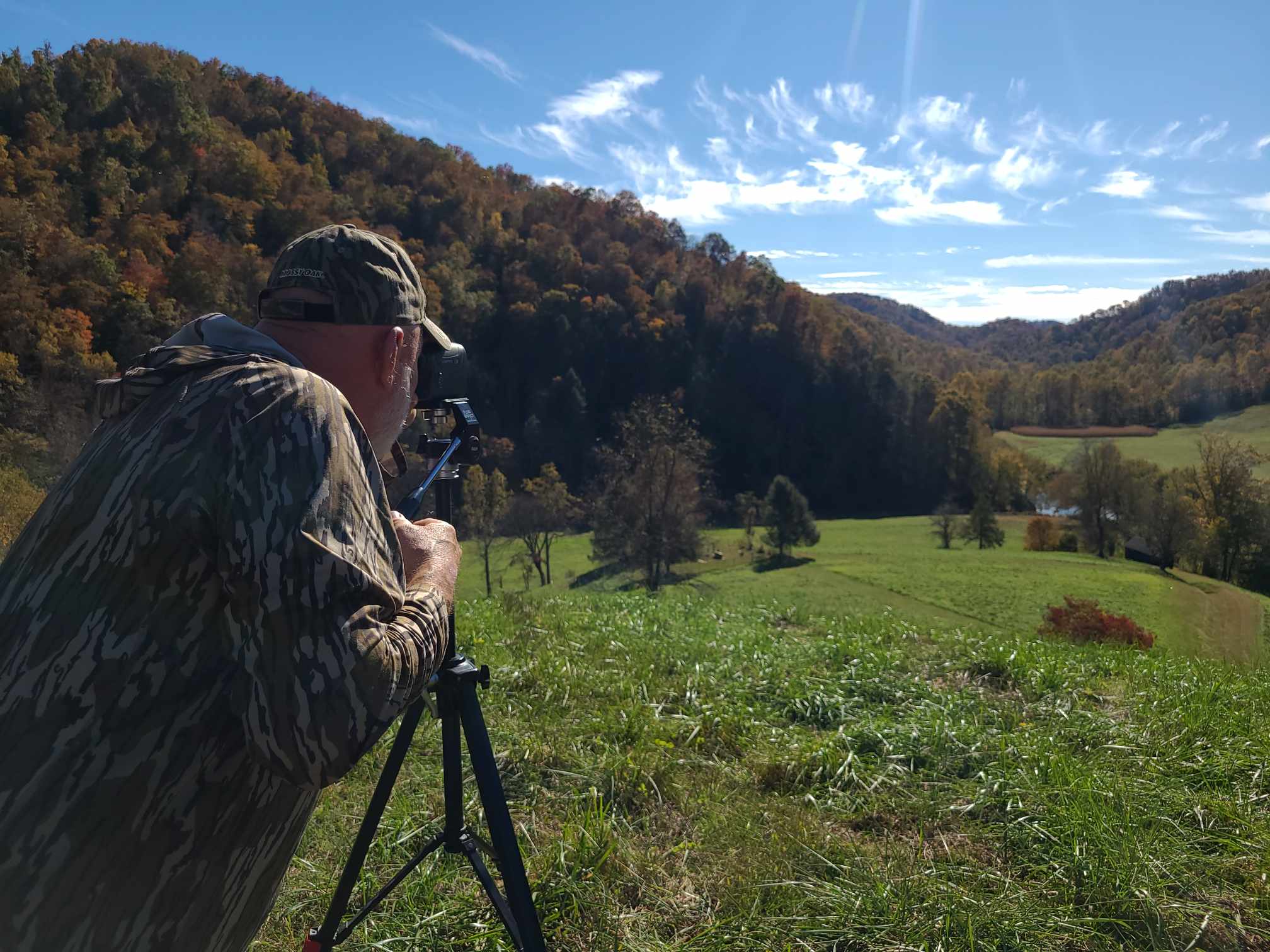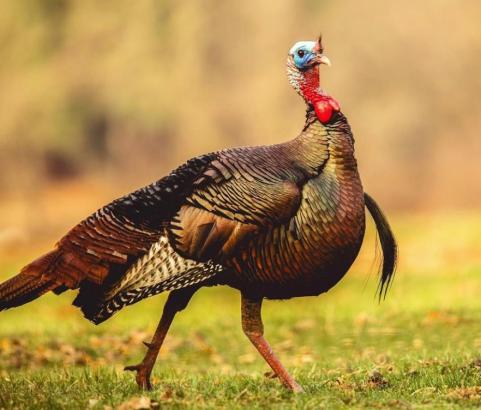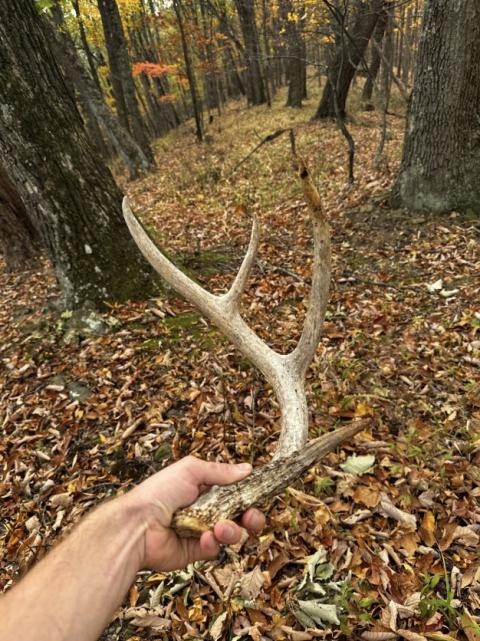
Bill Gabbard
The first rangefinder that I had any real experience with was impressive for 1960’s technology! It was mounted on the inside wall of the Tank beside the gunner’s position. You looked through your sights and turned the knob on the side of the rangefinder until the center was focused, not unlike the focus ring in the 35mm cameras of the day. Once the image was clear you read the yardage to know the distance to the target. Fast forward several years and my shooting partner Paul Johnson showed up at the range with a new rangefinder made by Bushnell. It was supposed to read as much as 400 yds. It looked like a large pair of binoculars with only one eyepiece. It was bulky, heavy, and slow but it was such an improvement over the focus style that I had used that I was greatly impressed. A few years later I received a much smaller 800 yd model made by another company as a retirement gift. Nearly 20 years later I still have that pair, and they still work. At ranges of up to 300 yds if you have fresh batteries, they are fine, but once you pass that 300 yds mark things get dicey. Past 300, you must have a steady rest and patience. Past 400 is a guess and you never get the same reading twice.
Looking at the current offering of rangefinders convinced me that I was living in the dark ages. Talking with my brother and several other hunters I realized that I was probably not the only hunter that needed to consider upgrading my equipment. I contacted Leupold’s Shawn Skipper, Vortex’s Sawyer Briel and Matt Rice of Vista Outdoor to arrange borrowing some new models to evaluate.
All three quickly replied that they would be glad to loan me examples of current models to try out. Shawn sent me Leupold’s entry model the RX-1400 TBR/W and their top-of-the-line RX-2800 TBR/W. Sawyer sent four models from Vortex, the CROSSFIRE HD 1400, the DIAMONDBACK HD 2000, VIPER HD 300 and their top-of-the-line RAZOR HD 4000. Matt sent Bushnell’s Prime 1800. The first thing I noticed was that the entry level models of today have nearly double the range that my old 800-yard rangefinder supposedly would read but never did.
Testing the Leupold RX-2800 TBR/W and RX 1400i TBR/W Rangefinders
First up was Leupold’s RX-2800 TBR/W. This is the technological “King of the Hill”. This rangefinder features accurate readings from 7 yds to 2800 yds. It has a battery life of 4000 measurements, is tripod ready, and is waterproof. It has a reflective range of 2800 yds, reads trees at 1189, and deer at 1100. The amazing thing about this rangefinder is the TBR (True Ballistic Range) mode. TBR calculates the equivalent horizontal range (level firing range) from which you can determine the correct aim for the conditions. For example, if you are shooting a 270 Winchester caliber 130 gr bullet at 1050 feet per second up a 30-degree incline at 400 yards direct line of sight the TBR output would be 367 yards. The operator’s manual lists 25 groups consisting of rounds from 22-250 through 338 Lapua with various bullet weights and speeds to select from when setting up the TBR mode. For a list of more loads, you can visit Leupold.com. The RX also features a Wind Mode, as well as a Last Target Mode which will lock on the last item in the reticle. It also has three selectable reticles. This is an impressive unit that does a lot more than just measure distance. This unit retails for $599.99.
Leupold’s RX 1400i TBR/W, the low-price leader of our test units, is a very impressive unit for its price point. The RX 1400i has a reflective range of 1400 yds, tree range of 1200 yd and a deer range of 900 yds. This model also has the Moving Target or Scan Mode as well as the TBR, Bow, and LOS Modes as well as the Wind Mode described for the Leupold RX-2800 TBR/W. This model as well as the RX 2800 features Leupold’s 2-year warranty. This very capable unit has a list price of only $199.99.
Testing the Vortex Razor HD 4000, Viper 3000, Diamondback 2000, and Crossfire 1400 Rangefinders

The “Distance King” of our test units was the Vortex Razor HD 4000. In Normal mode the HD 4000 measures from 5 yds to 2400 yds but in ELR (Extended Lazer Range) mode it can read to 4000 yds. In Normal mode it has a reflective range of 2400 yds, trees at 1800, and deer at 1600 yds. In Normal mode it has 2 settings HCD (Horizontal Component Distance) and Line of Sight. In ELR mode it has a reflective range of 4000 yds, tree range of 2500, and deer range of 2200 yds. This model features a First Mode that locks in on the closest target when scanning or panning, as well as a Last Mode. Extended Lazer Mode (ELR) allows for ranging smaller, less reflective targets at extended ranges. It also works in Scan Mode - by holding the Measure button down and scanning an area it reads the distance as you move. For distances past 1000 yds or when using ELR mode Vortex recommends using a tripod. My experience says that they are right. The Razor as well as all the Vortex units feature Vortex VIP Unconditional Lifetime Warranty. This unit retails for $729.99
Vortex’s Viper 3000 is not far behind its big brother in terms of features, but it doesn’t have the distance that the Razor does. The Viper has a max reflective range of 3000 yds, trees to 2300 and deer an impressive 2000 yds. The Viper has two primary modes - Horizontal Component Distance (HCD) and Line of Sight (LOS). HCD corrects the yardage for the shot angle up to 800 yds. It also features First and Last modes. This unit retails for $599.99
Vortex’s Diamondback 2000 is like the Viper 3000, having two range modes, Horizontal Component Distance (HCD) and Line of Sight (LOS) and two target modes - Normal and Last. The Diamondback boasts a reflective range of 2000 yds, tree range of 1800 yds and deer range of 1400 yds. The Diamondback retails for $449.95
Vortex’s Crossfire 1400 is the entry level unit from Vortex, and it is loaded with features for its price level. The Crossfire features two modes, HCD (Horizontal Component Distance) which automatically gives you an equivalent distance to LOS (Line of Sight) for up to 800 yds on mild slope (less than 15 degrees, or 400 yards on moderate slopes (15 to 30 degrees). It also features LOS (Line of Sight) Mode. It has the Scan, First, and Last Modes of its higher priced stablemates. The Crossfire has a reflective range of 1400 yds, tree range of 950 yds, and deer range of 750 yds. The Crossfire lists for $269.99.
Testing the Bushnell Prime 1800 Rangefinder
Bushnell’s Prime 1800 falls in the middle of the pack as far as range goes with a reflective range of 1800 yds, a tree range of 1000 yds but it listed the lowest range for deer of any unit tested at 700 yds. The Prime has features competitive with the higher priced models such as 3 targeting modes, Standard, Bullseye and Brush. The Brush Mode works in a similar fashion to the Last Mode on the other brands. The prime also features an ARC (Angle Range Compensation) with two settings, one for bow and one for rifle. The Rifle Mode has eight different Ballistic Groups to choose from. The display automatically changes from red to black to maintain the best contrast with your target. This rangefinder is backed by Bushnell’s Ironclad Warranty, which covers electronics and optics for 5 years. The Prime 1800 lists for $249.95.
Overall Thoughts
I was fortunate that while writing this article, Kentucky’s October Muzzle-loader season came in. I loaded all the rangefinders in my backpack and took them to my Redneck Blind in hopes of having an opportunity to try each of them on deer at ranges of 500 yds or better. While waiting for the long-range deer to co-operate the close-range ones gave me ample time to play with all 7 rangefinders. Changing reticles and adjusting brightness of the reticle allowed me to customize each one to my personal liking. These are both features that my old range finder lacks. The view from my Redneck Blind has a few places beyond my comfort level for shooting, and the only way I could get an accurate reading with my old range finders was to stand midway and range both directions then add them together. Not a viable choice while hunting! With any of these new rangefinders the far side of the field across the pond is 605 yds, none of the ones tested even hesitated at that distance. The 7x magnification on the higher end range finders was nice once you started ranging targets past 300 yards and the adjustable focus is definitely a huge plus. The second day of our early two-day season a nice buck obliged by walking across the field at 545 yds, a distance that plus or minus 10 yards all the rangefinders agreed on. A trip to my brother’s farm a few days before had proven the need for a tripod when using the ELR feature on the Vortex Razor HD 4000. Mounted on a tripod, the Razor read back a range of 2750 yards on a distant tree line, 250 yards further than the claimed distance.
So, which one do you need? A lot of this depends on where and how you hunt. The top-of-the-line models have features that the others don’t, but all the models tested are so far advanced from my twenty-year-old model that even the basic ones are light years ahead of the old units. If you are currently hunting with an antique like I am, you will be impressed with the optical clarity, brightness, speed, and the fact that neither rain or fog interfered with the operation of today’s rangefinders Depending on your needs and your hunting situation the only mistake you can make is not to upgrade to one of these models.




























